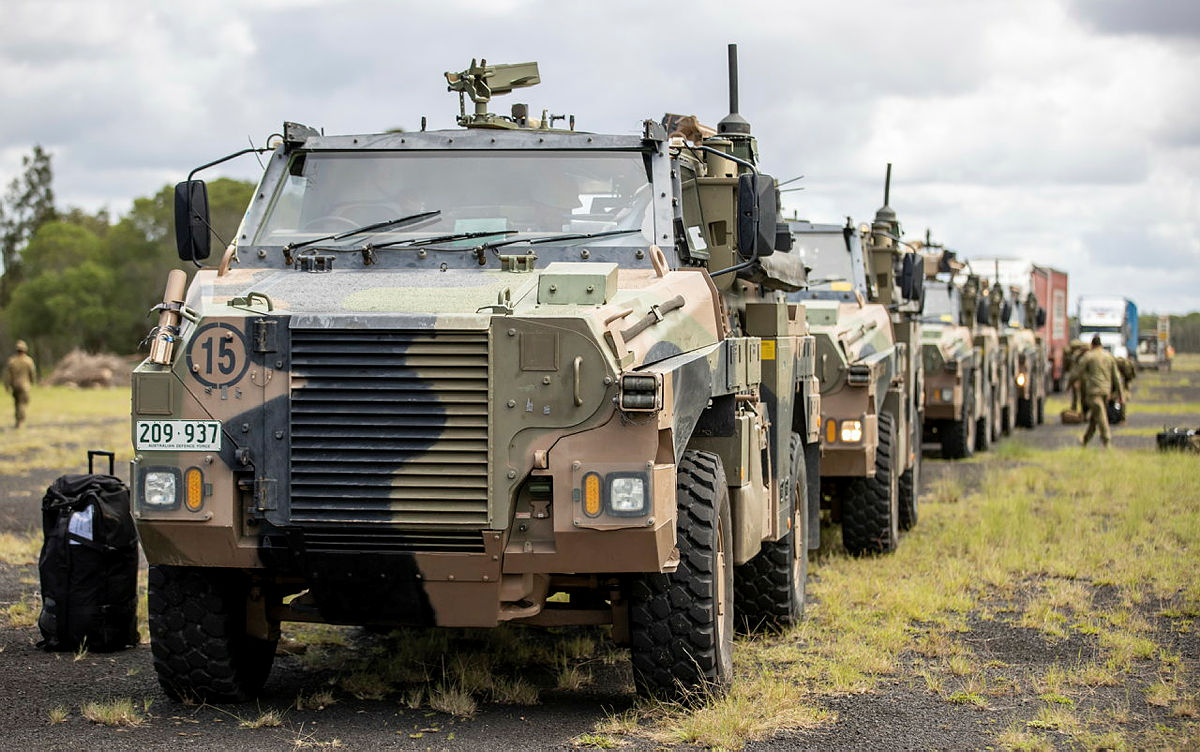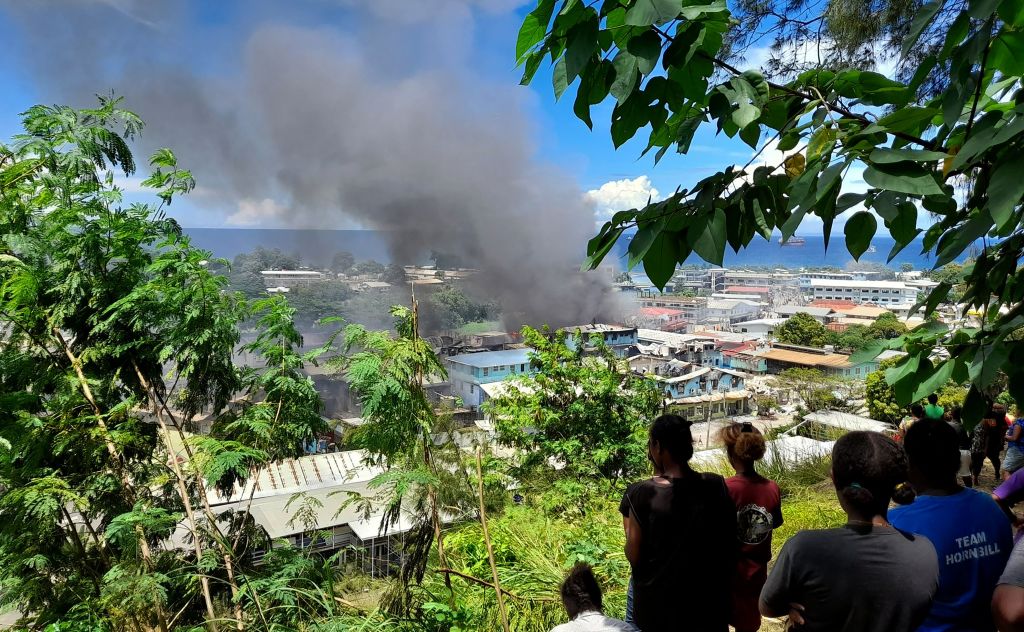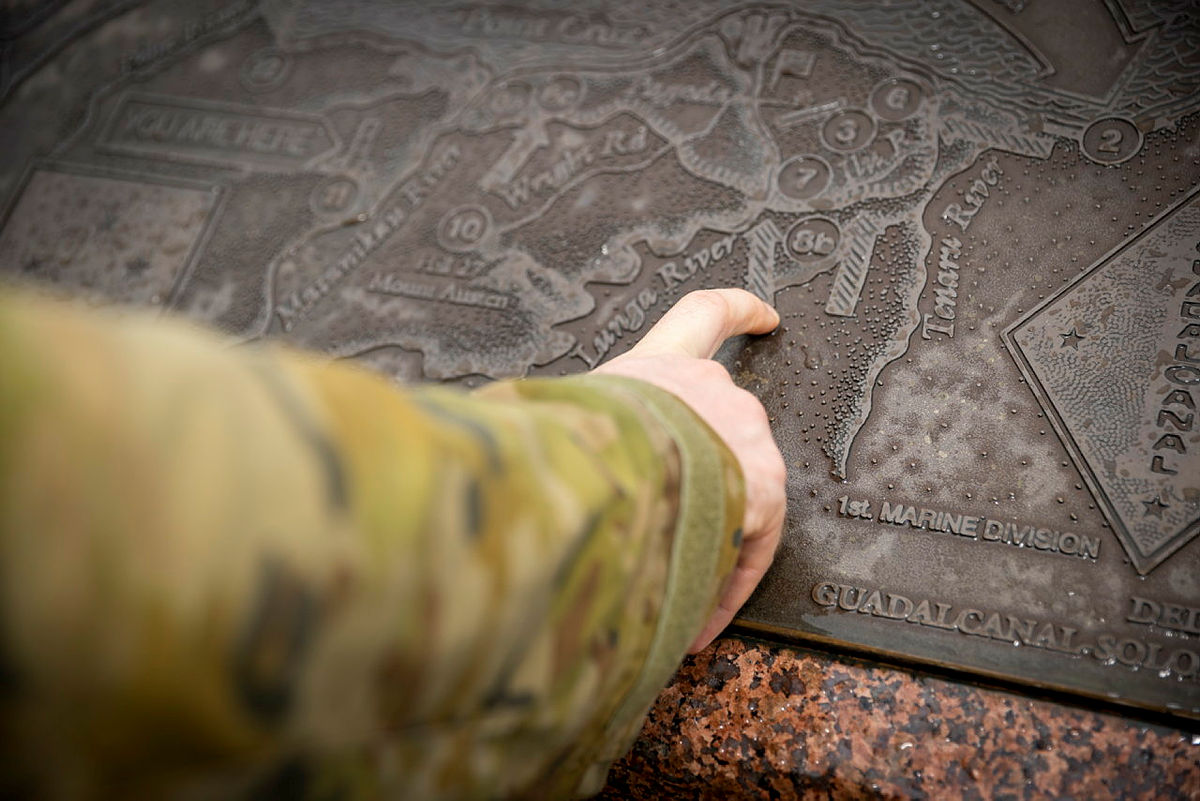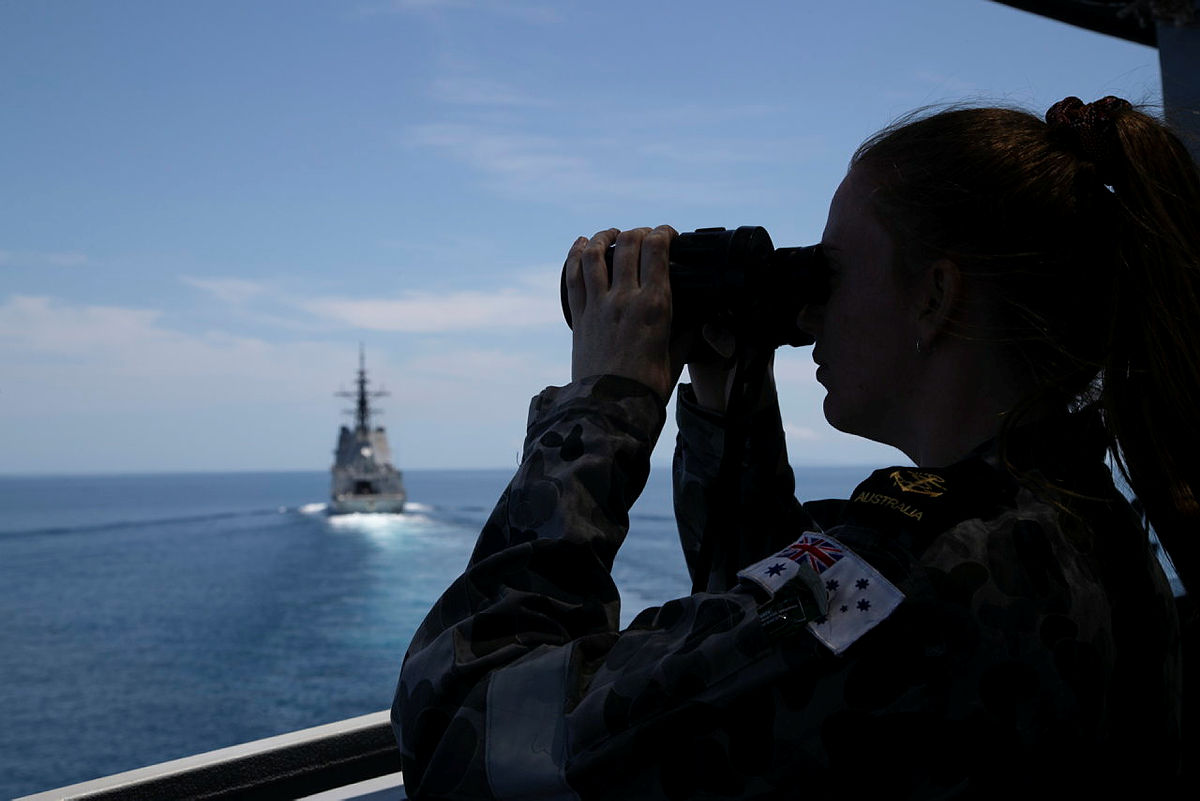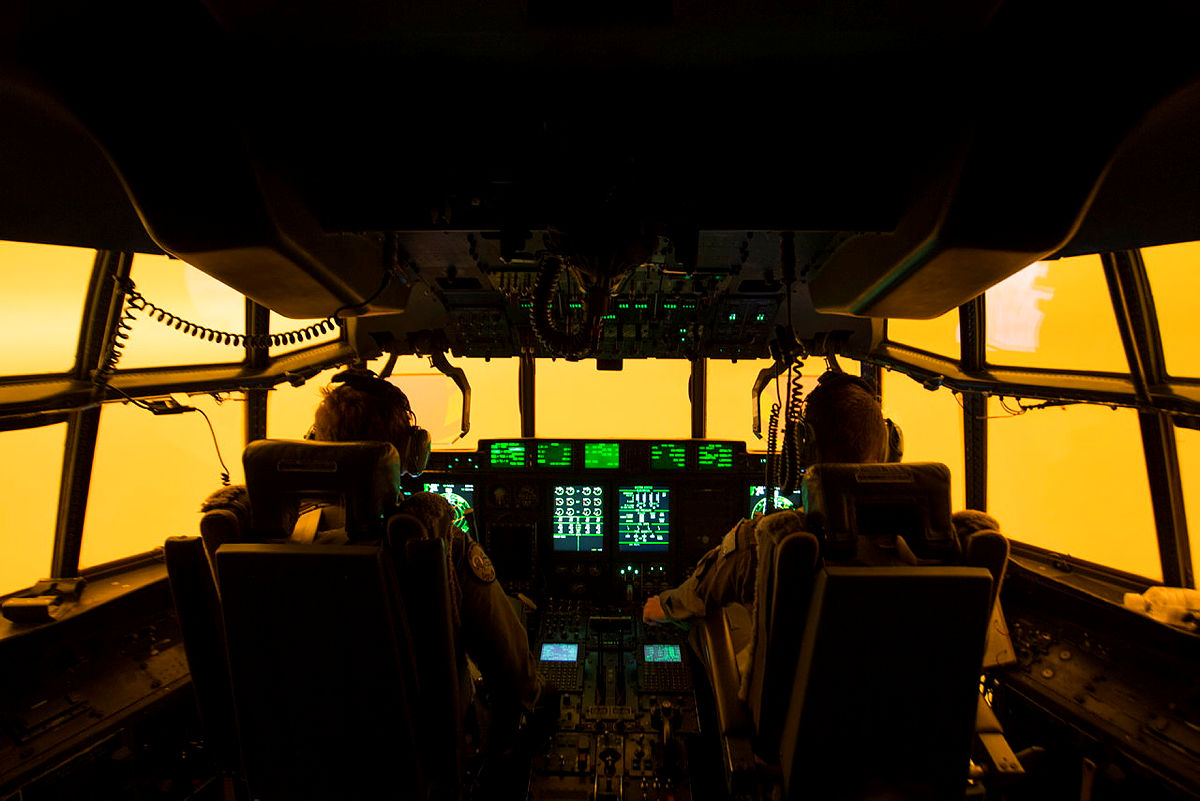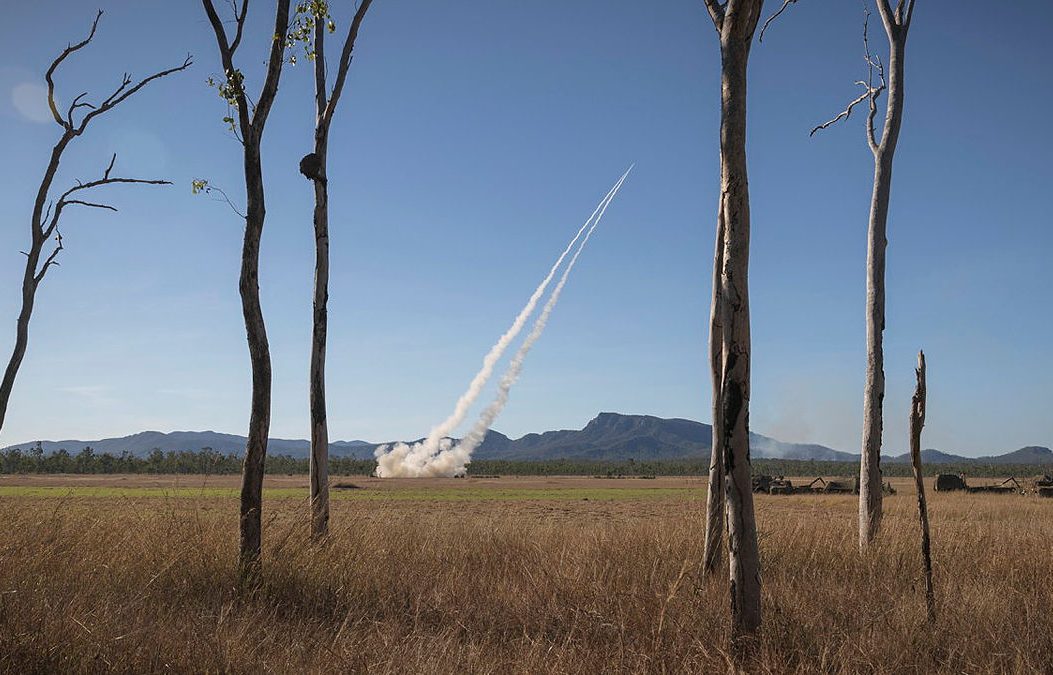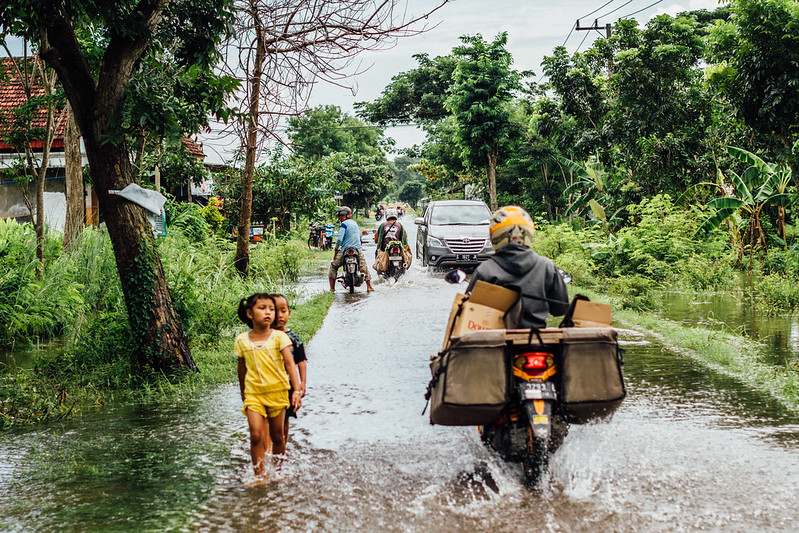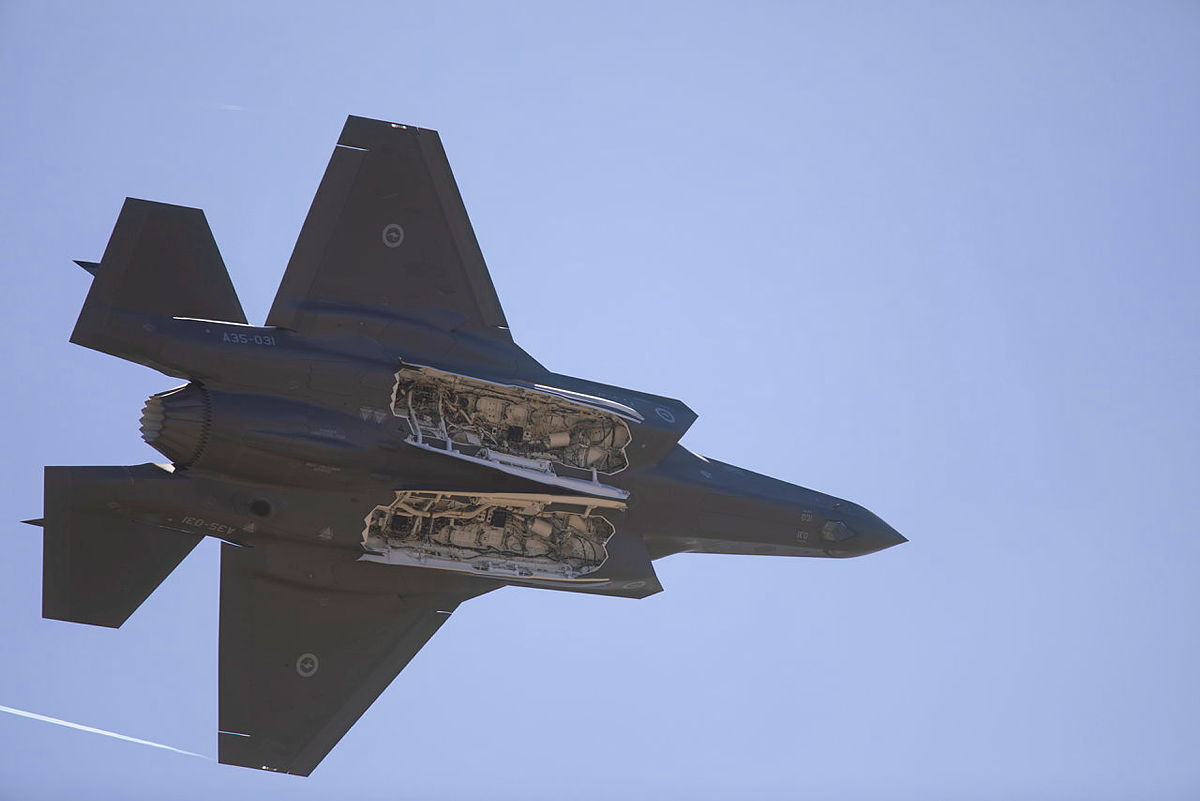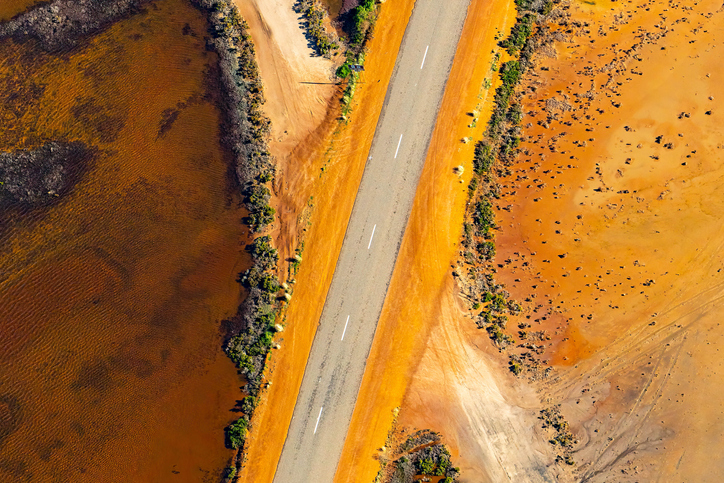Defence must secure northern Australia amid gravest risk since WWII
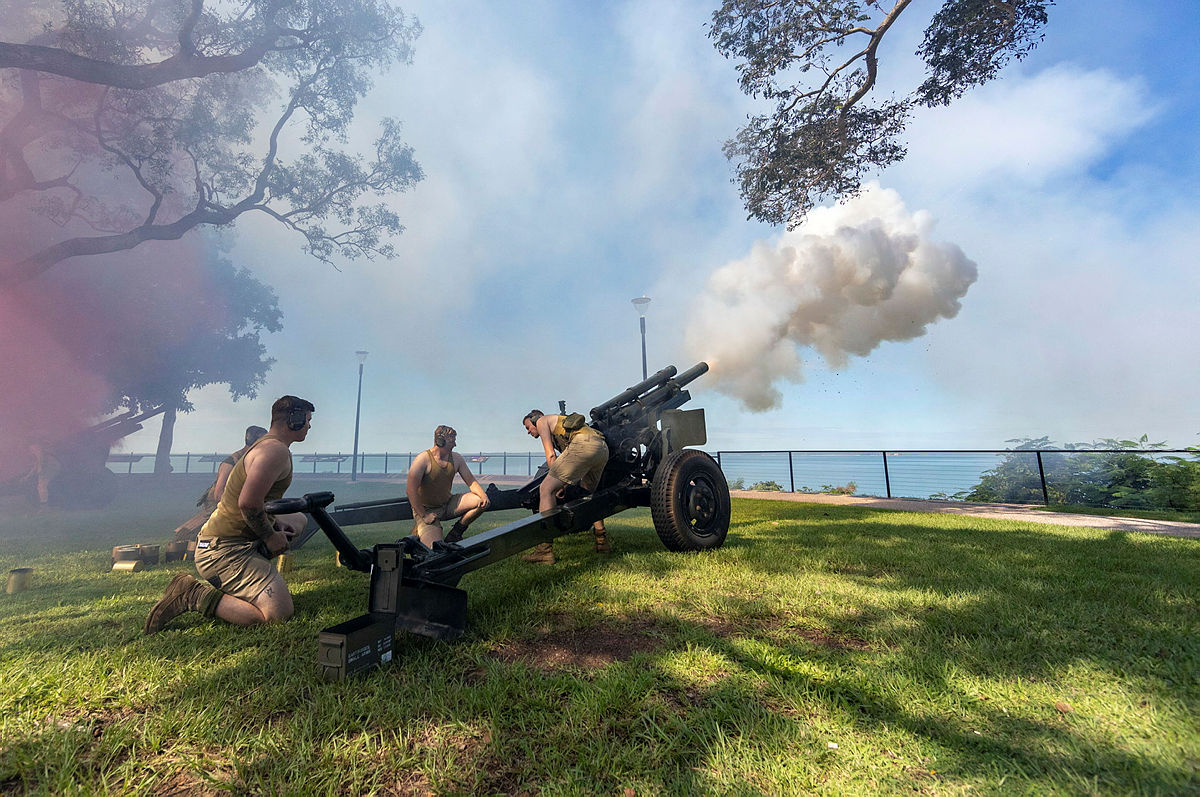
In the new cold war, Southeast Asia is becoming a contested zone where China, the US and its allies are fighting to sustain their access and influence.
This matters deeply to Australia because the superpower that dominates Southeast Asia controls our northern approaches.
The Obama administration dismissed Beijing’s island-building in the South China Sea as a third-order issue over claims to ‘rocks and shoals’.
It’s clearer now that these new, large, fortified airbases and ports extend China’s military power south to the Indonesian archipelago.
When, in February, Beijing sent two of its most modern navy vessels through the Torres Strait and down the east coast, the message was clear: the People’s Liberation Army intends to project force whenever and wherever it can.
Beijing signed an arrangement with Cambodia last week promoting closer military cooperation. Chinese work to expand a naval base at Ream will sustain a PLA presence in the Gulf of Thailand.
This sets the context for the disturbing discovery of a secret Chinese deal with Solomon Islands, offering a blank slate to ‘make ship visits to, carry out logistical replenishment in and have stopover and transition in the Solomon Islands’.
China’s military planners are making a sustained drive to position forces around the Indo-Pacific. This damages everyone else, complicates American defence planning and forces smaller countries to either acquiesce or resist.
The outcome of the Philippines’ presidential elections in May could be crucial to the strategic balance in Southeast Asia. The outgoing president, Rodrigo Duterte, sought a closer relationship with Beijing, although more recently he has distanced himself from that stance, which is widely unpopular in his country.
Most of the Philippines’ presidential candidates are disavowing pro-China policies except for the frontrunner, Ferdinand ‘Bongbong’ Marcos Jr, who promises a conciliatory approach to Beijing.
A Philippines that chooses to rebuild closer defence ties with the US would seriously complicate China’s plan to dominate the region. Beijing will be doing its best to shape the political outcome it wants in Manila.
Disturbingly, the outline of Chinese strategic thinking in the region is more observable than our own policy approaches. Defence Minister Peter Dutton is right to openly discuss Beijing’s malign behaviour, but what are Australia’s defence policy responses?
The Defence Department knows we face a strategic crisis of 1930s proportions, but its effort is overwhelmingly pitched to delivering a renewed force structure in the late 2030s.
Acquiring nuclear-propelled submarines and growing the Australian Defence Force by 20,000 people are good initiatives, but they will take two decades to deliver. Meantime, budget estimates hearings last week revealed that Defence is inexplicably cancelling a $1.3 billion project that would have delivered armed and remotely piloted MQ-9B Reaper drones in the mid-2020s.
This is, to use a strategic term, mind-bogglingly stupid. A rare Defence project that was going to deliver new combat capability in just a few years is shelved after a decade’s worth of planning and investment.
Defence’s description of this project was that it would ‘provide Defence with a persistent airborne intelligence, surveillance, reconnaissance, electronic warfare and precision strike capability for the land and littoral environments’.
It would be hard to think of a more timely and relevant capability for the ADF when the PLA is sending more ships around our coast and potentially operating out of Honiara. Why was the project cancelled? I understand it was on a list of potential cost-saving ‘sacrifices’ put to government, but Defence thought no one would touch it.
The Reaper deal, moreover, had been approved by the US Congress. Our decision to cancel it at the last moment makes us look like clueless amateurs while we try to persuade Washington that we have the smarts to use their closely guarded nuclear-propulsion technology.
Ukraine has shown how much damage even simple armed drones can deliver to armoured vehicles. Everyone from Azerbaijan to the Yemeni Houthi rebels has adopted drones and shown how effective they can be, but the ADF has not a single armed drone in service and, with this cancellation, no plan to have one.
While Defence fixates on building the perfect ‘networked and integrated’ force structure for the 2030s, we are losing the opportunity to build a stronger ADF for the mid-2020s, the likely time of greatest strategic risk to the region since World War II.
When there’s no time left to change the structure of the military, the need is to look instead at force posture; that is, what we do with the equipment and units we have. There are clearly some big changes afoot concerning northern Australia.
In the budget papers is a plan for ‘$1.5 billion to build new port infrastructure, such as a wharf, an offloading facility and dredging of the shipping channel, to boost the region’s importing and exporting ability’.
While this is being discussed as an initiative to boost exports, the strongest use case for a new port in Darwin is military. There are some important dots to join here. In 2020 the government cancelled Defence plans for a roll-on, roll-off wharf in Darwin, saying it would be compensated for ‘with the US Force Posture Initiative commitments’.
In 2021 the AUSMIN communiqué agreed to ‘establish a combined logistics, sustainment, and maintenance enterprise to support high-end warfighting and combined military operations in the region’. The location wasn’t specified, but look at a map. It won’t be Hobart.
Just south of Darwin the US is installing a fuel farm planned by September 2023 to hold over 300 million litres of military jet fuel. Although the government is reluctant to say what is in prospect, it’s obvious the Americans are going to be here in much larger numbers soon.
This all points to a need for a radical rethink about Darwin’s role in the defence of Australia and what we need to do to rebuild our threadbare military infrastructure across the north. The PLA threat is pushing south, and we need a response to it.
I understand the prime minister doesn’t want a new defence white paper or a national security strategy. There’s a view that written policies constrain freewheeling decision-making. So be it, but something must be done to instil a disciplined focus around Defence’s strategic planning, jolting it away from its fantasies about the late 2030s and towards the tough realities of today.

